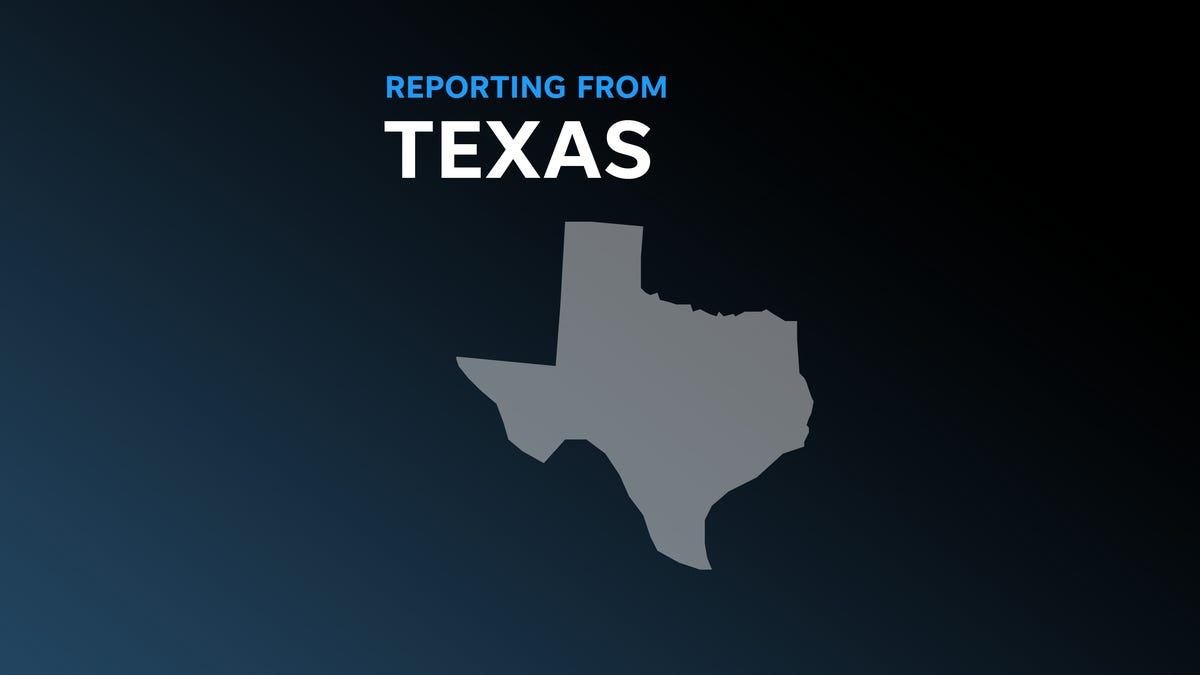Estimated read time: 5-6
minutes
Editor’s note: Curtis Blair is the president and CEO of the Utah Valley Chamber of Commerce. He describes himself as an entrepreneur and business alchemist. Over the past couple of years, Blair interviewed many of Utah County’s C-Suite leaders about principles that helped make their organizations successful. He is sharing those principles in a series of 10 articles.
Principle 5: Empowerment not entitlement
The steam engine, the assembly line, the light bulb, the airplane and the internet: in the annals of human progress, certain innovations have transcended their original purpose to become transformative agents of economic change, reshaping entire industries and fundamentally altering the way societies function.
At the heart of a free-market economy lies the entrepreneurial spirit, where individuals and businesses seek opportunities to create and offer value to consumers and shareholders. Innovation provides the essential spark that ignites entrepreneurial and thought-leadership endeavors.
The entrepreneurial spirit can exist in a company whether there are two, 200, or 20,000 employees. The hallmarks of innovation include a desire to solve problems, meet unmet needs, and improve existing products or services. Through innovation, organizations create new solutions that drive economic growth, job creation, and increased competition.
Contrast this to entitlement practices and heavy government intervention, which can stifle ingenuity and often breeds an environment of inefficiency and complacency, hindering the very innovation that is vital for a thriving and forward-looking society.
From the Magna Carta to the U.S. Constitution, mankind has been building, innovating, creating, reinventing and establishing a new country with upgraded values, principles, and laws. It may still be just an experiment, but it has lasted over 200 years.
More importantly, other countries have taken the creative play book from the U.S. Constitution and have formed their own constitutions and lifted their countries to a higher plane through innovative thought.
While businesses today may not be looking at something as grandiose as building a civilization, the idea and principle is the same: think of the future and innovate.
While the world still experiences the outcomes drawn by the Founding Fathers, the drive for renewal, updating and innovating is elusive. While some businesses cling to the familiarity of old ideas and comfortable perspectives, other companies are forging ahead, introducing new products, services, and work experiences.
Utah multi-generational business embodies innovation
The Woodbury Corporation, a multi-generational business headquartered in Millcreek, is such a company. The Woodbury Corporation owns the popular University Place campus in Orem between Utah Valley University and Brigham Young University.
Once a sprawling, inside shopping experience, the Woodbury Corporation needed to keep up with the current culture and ever-changing shopping experience. Gone are the days of ordinary malls. They added a hotel, several apartments, class A offices, restaurants and a Trader Joes. University Place is a generation or two (and several innovative ideas) out from the old University Mall of the 1980s.
Recently, Woodbury joined forces with Flagship Construction to form Flagborough, a joint venture that will be building a several hundred-acre development in Vineyard from the ground up.
In discussing several examples of doing something because “that’s always how it’s been done,” Jeff Woodbury noted, “We must avoid the easy approach of erecting societies that want to stay in the past. Doing so doesn’t help us get to the future.”
Flagborough’s joint venture Utah City is designed for constant innovation and growth as the future changes. It is people, lifestyle, and environment centric. It is both new and progressive in what it wants to accomplish.
When it comes to innovation and Utah City, it’s all about the people. Woodbury explained “We are trying to make a healthier community with intentional spaces for walking to exercise, expanding their minds, helping children play and making it a powerful place. We are trying to create the best apartments in the state. We are trying to create amenities and things that are inclusive.”
Pete Evans on the Flagship side of the construction said one of the reasons they partnered with Woodbury Corporation is their innovative and family-centric approach in everything they do. Evans said, “They have a generational track record right here in Utah and in other states that showcase their housing and holistic lifestyle solutions. This development will be an urban core with transportation access.”
Innovation has long been the driving force behind economic growth and prosperity. It empowers individuals and businesses to compete in a free-market environment, while simultaneously avoiding the pitfalls of entitlement practices and big government intervention.
“We have a lot of opportunity here to really solve critical housing issues,” Woodbury said. “People are afraid to start engaging, but what they have to remember is that innovation gives power to generate real solutions.”
“We can stay with the same old way of doing things and have the same old pollution, schools getting crowded, roads becoming increasingly congested etc.,” Evans said. “But innovation is about creating an environment and lifestyle you want, while preserving our precious resources; life is elevated when we lean on innovation.”
In talking about entitlements, Woodbury said he thinks that one of the problems with entitlements is they lack creativity, innovation, and long-term, positive change.
“Innovation promotes self-reliance by encouraging individuals to take initiative and find creative solutions to their challenges. In contrast, entitlement practices, such as excessive government welfare, can foster a culture of dependency,” Woodbury said.
When people rely on government handouts, they may lose the motivation to work and innovate. By emphasizing innovation and entrepreneurship, we can help people become self-sufficient and less reliant on government assistance.
The dynamic and robust entrepreneurship in Utah Valley is a positive example of creating and innovating. It has empowered several companies, both big and small, to offer better products, services, and workplace environments. It continues to be an example of growing the principles of prosperity.
×![]()
Curtis Blair, CEO, Utah Valley Chamber
More stories you may be interested in






















/cdn.vox-cdn.com/uploads/chorus_asset/file/24924653/236780_Google_AntiTrust_Trial_Custom_Art_CVirginia__0003_1.png)




/cdn.vox-cdn.com/uploads/chorus_asset/file/25672934/Metaphor_Key_Art_Horizontal.png)

